
The Future of 5G: Transforming Industry and Everyday Life
5G, the fifth generation of mobile networks, is revolutionizing the way we live and work. It’s not just about faster internet speeds but also about creating groundbreaking innovations in industries like manufacturing, agriculture, education, gaming, and business. With its high speed and low latency, 5G is opening up new possibilities across various sectors.
5G in Industry
Smarter Manufacturing with 5G
5G is helping to create smarter factories. Here’s how:
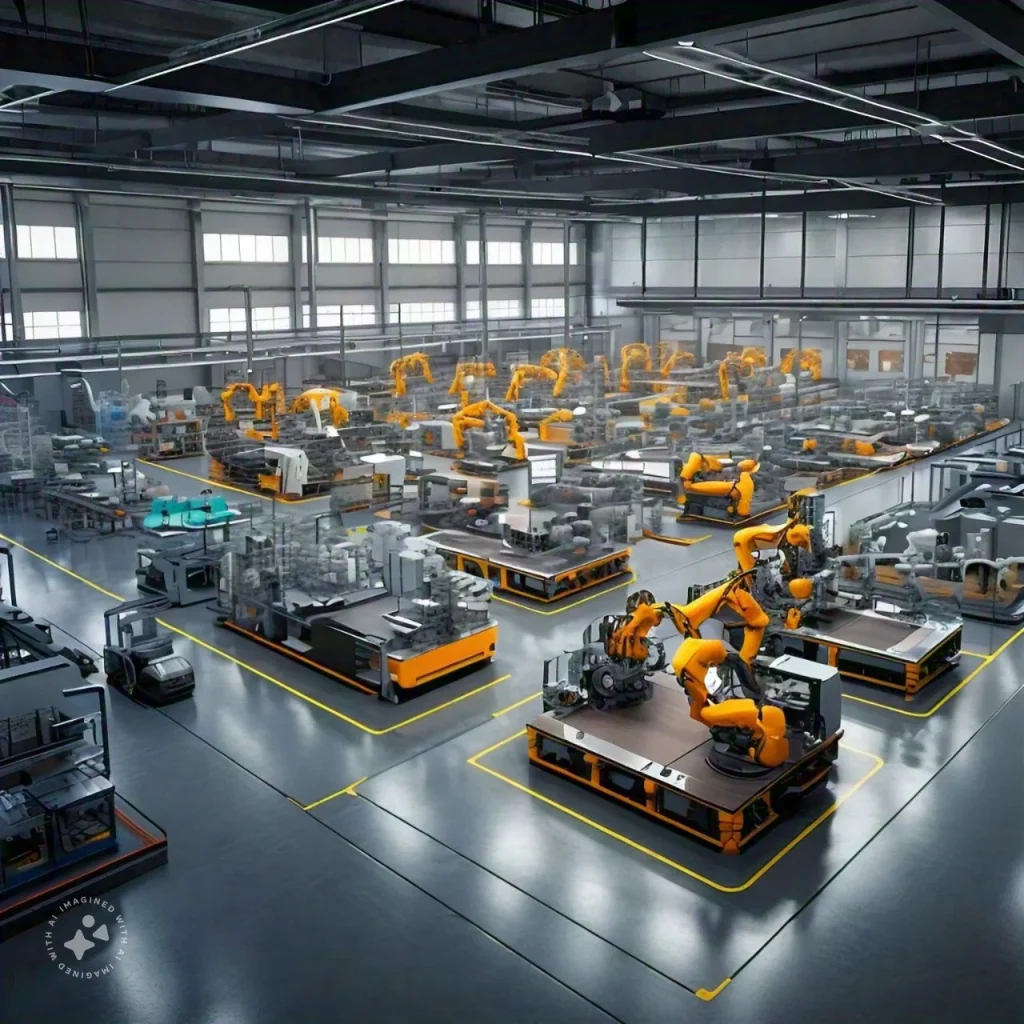
- Robotics and Monitoring Systems: 5G connects robots and monitoring systems to work together efficiently.
- Predictive Maintenance: With real-time monitoring, 5G helps predict equipment failures before they happen, reducing downtime.
- Better Efficiency: Instant communication allows workers to make faster decisions, increasing overall productivity.
Precision Agriculture: Boosting Productivity with 5G
In farming, 5G is helping farmers work smarter and use resources better:
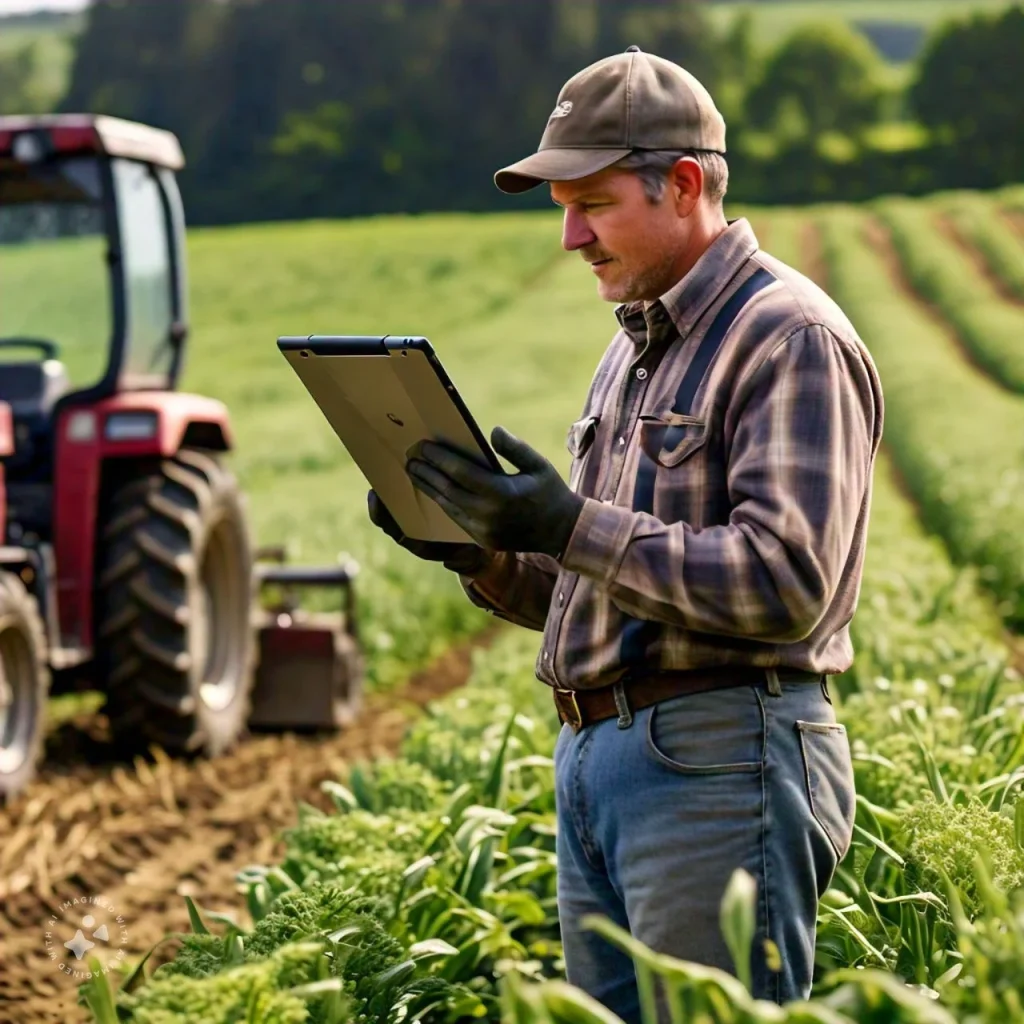
- IoT Sensors: These sensors gather data on soil conditions, crops, and weather, helping farmers make informed decisions.
- Drones for Field Analysis: Drones help monitor crop health, pests, and optimize planting strategies.
- Resource Optimization Tools: 5G enables better use of water, fertilizers, and pesticides by providing real-time insights.
5G in Education
Interactive Learning with 5G Technology
5G is enhancing education by introducing new tools and platforms:
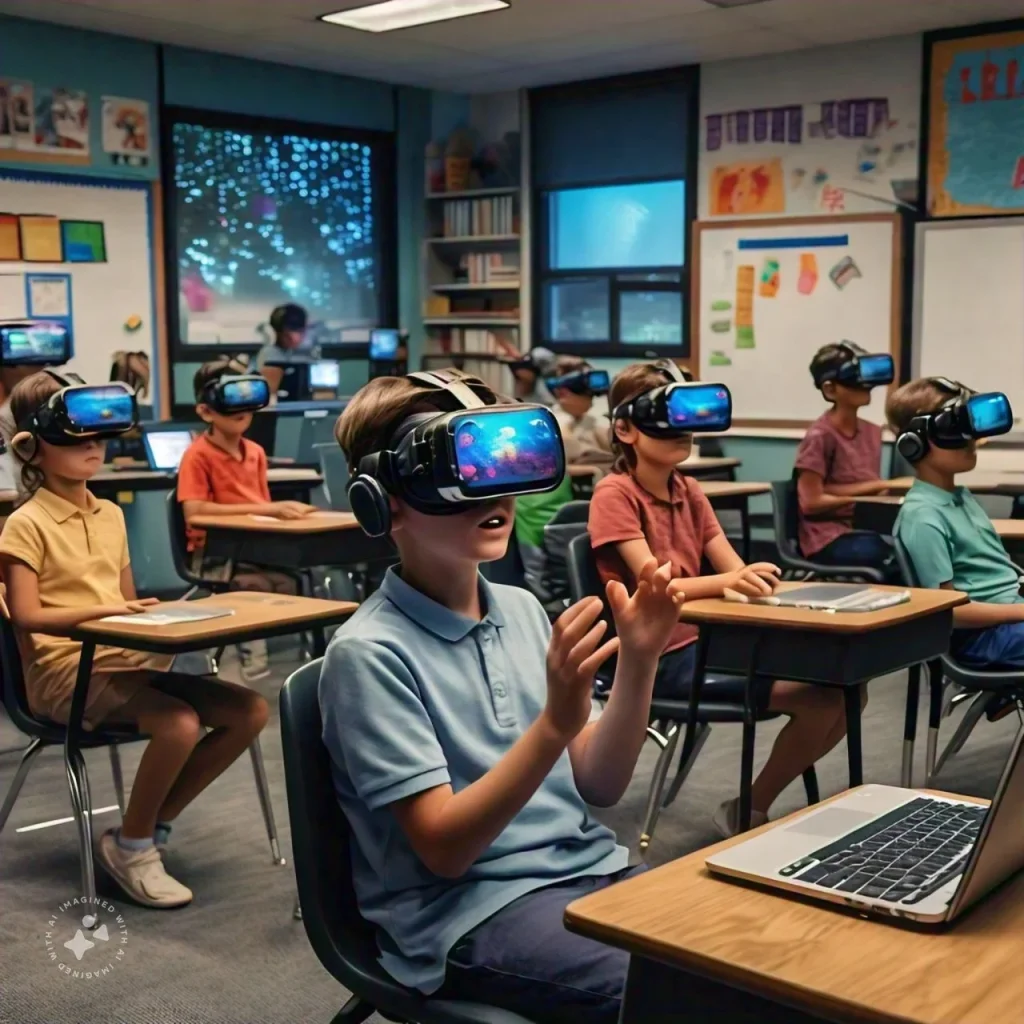
- Virtual and Augmented Reality (VR/AR): 5G supports immersive learning, creating engaging and interactive classroom experiences.
- Smooth Streaming: High-quality content streams without buffering, improving online lessons and virtual classrooms.
Closing the Digital Divide with 5G
5G is making education accessible to underserved areas:
- Connectivity in Rural Areas: With high-speed internet, students in remote locations can access online resources and tools.
- Increased Learning Opportunities: 5G ensures all students have access to the latest digital resources, improving education quality for everyone.
5G in Gaming and Entertainment
Gaming Revolutionized by 5G
5G is changing the gaming experience in many ways:

- Cloud Gaming: No need for expensive gaming hardware; 5G allows games to be streamed directly to devices.
- Low-Latency Gameplay: 5G ensures that games run smoothly with almost no delay, improving multiplayer and competitive gaming experiences.
Enhancing Entertainment with 5G
Entertainment is becoming more interactive and immersive:
- Support for Live Events: 5G allows for high-quality live-streaming of concerts, sports, and other events.
- Immersive VR/AR Experiences: With 5G, viewers can experience interactive content that puts them at the center of the action.
5G’s Role in Business
Remote Work and Collaboration with 5G
5G is enhancing remote work and collaboration for businesses:

- Reliable Communication Tools: High-speed connections support video calls, file sharing, and real-time collaboration across teams.
- Flexible Workflows: With 5G, employees can work from virtually anywhere, improving productivity and work-life balance.
Logistics Innovation through 5G
5G is optimizing logistics and improving efficiency:
- Real-Time Inventory Tracking: IoT-enabled devices track goods in real-time, improving supply chain management.
- Optimized Delivery Routes: 5G enables the use of real-time data to plan faster, more efficient delivery routes.
Emerging 5G Applications
Digital Twins and 5G Technology
5G supports the creation of digital twins—virtual models of physical objects:
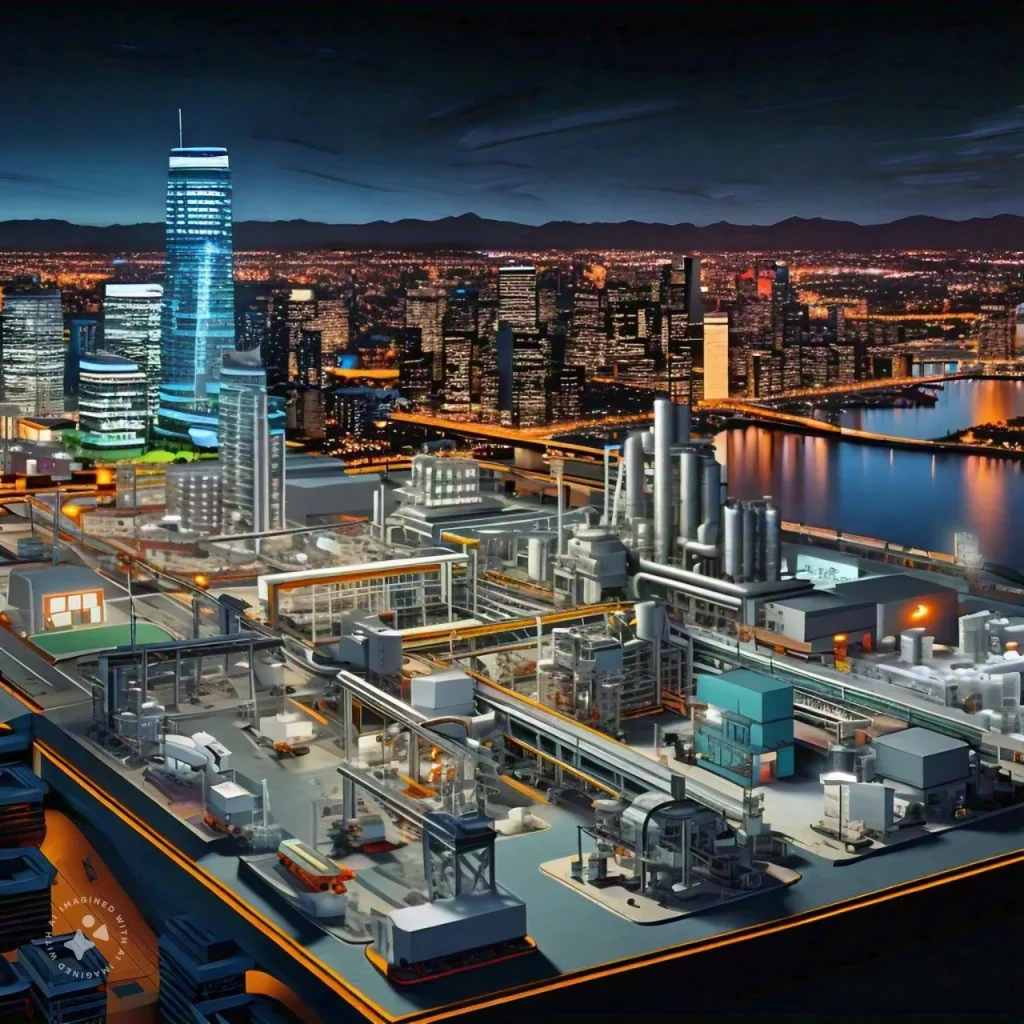
- Improved Testing and Design: Digital twins allow companies to test products in a virtual environment before manufacturing.
- Streamlined Maintenance: Real-time data from digital twins helps predict and prevent issues before they happen.
Disaster Response Powered by 5G
5G is improving disaster response efforts:
- Real-Time Communication: First responders can share updates quickly, coordinating rescue operations more effectively.
- Efficient Resource Allocation: 5G enables rapid distribution of resources to where they’re needed most during a crisis.
Space Exploration with 5G
5G is driving progress in space exploration:
- Faster Satellite Communication: 5G accelerates data transmission between satellites and Earth.
- Remote Operation of Space Equipment: 5G enables precise control of tools and instruments in space from Earth.
Challenges and Sustainability
Barriers to 5G Adoption
There are several challenges in implementing 5G:
- Infrastructure Expansion: Building the networks needed to support 5G requires significant investment.
- Device Compatibility: Older devices may not support 5G, which could limit access.
- Regulatory and Spectrum Issues: Governments need to allocate enough spectrum to meet the demands of 5G networks.
Environmental Impact of 5G Deployment
5G networks must be built sustainably to reduce environmental impact:
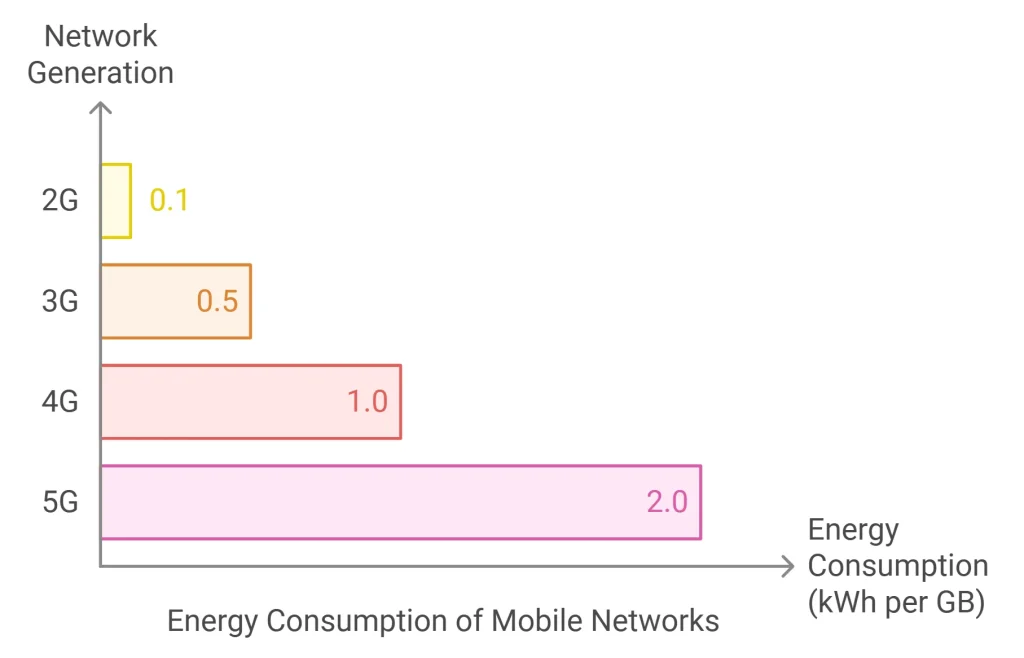
- Energy-Efficient Technologies: New technologies must focus on using less energy to reduce the carbon footprint of 5G networks.
- Equal Access: It’s important that rural and underserved communities are included in the rollout of 5G, ensuring equal opportunities.
5G is transforming industries and everyday life in countless ways. It’s creating smarter factories, enabling more efficient farming, improving education, and enhancing entertainment. To fully realize its potential, collaboration among governments, businesses, and innovators is crucial. Addressing challenges and ensuring sustainability will help 5G create a more connected, equitable future for everyone.








